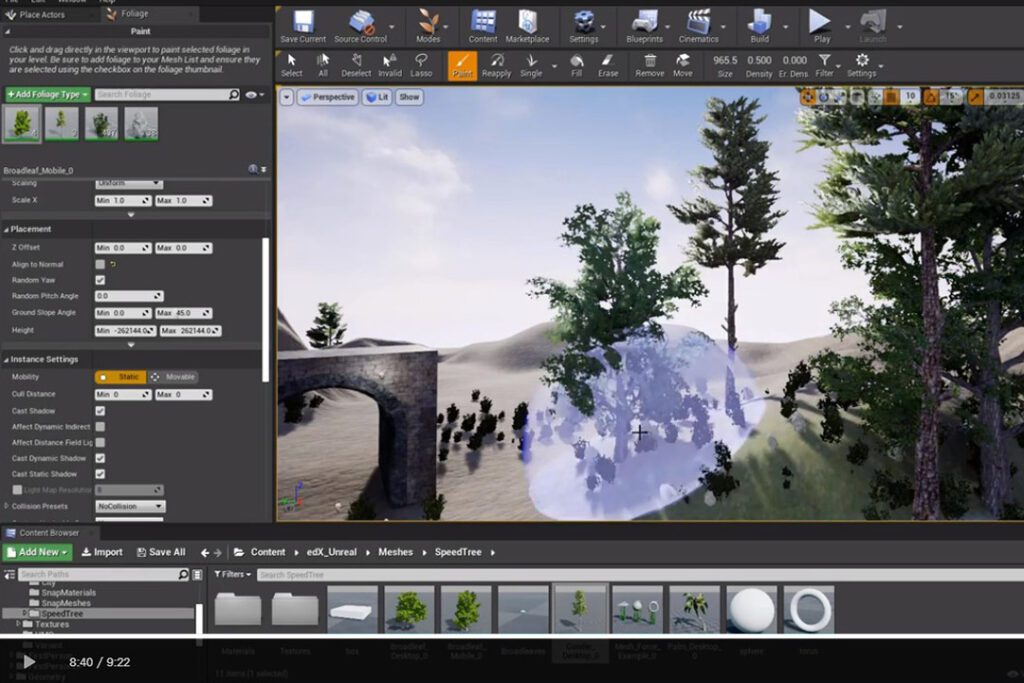Game engines are software packages that include tools, languages, and APIs for creating games. They provide a framework for game development, removing the need for developers to start from scratch. Game engines have four key components – rendering engine, physics engine, audio engine, and scripting engine. Using game engines has several benefits; it makes the development process faster and smoother for developers, allowing them to focus on gameplay, character development, and story. However, game engines also have challenges, such as incorporating new or custom-built features and optimization for targeted devices. Despite these challenges, game engines are a crucial part of modern game development.
Introduction
Games are a fantastic way to entertain, and an even better way to fully immerse yourself in a story or character’s development. To create exciting games, developers often use software engines that utilize advanced technology to simplify the process. This article delves deep into the role of Software Engines in creating interactive and engaging games.
What are Software Engines?
Game engines provide a framework for game development, removing the need for developers to start from scratch. Game engines are software packages that include tools, languages, and APIs to create games. They provide an underlying system for game development, encompassing everything from character movement to particle effects.
The Architecture of a Game Engine
Game engines are made up of four key components: the rendering engine, the physics engine, the audio engine, and the scripting engine. These components work together to provide the gameplay experience.
The Rendering Engine
The rendering engine is responsible for creating the visual aspects of a game. It’s responsible for creating everything from backgrounds to character models. The rendering engine works in conjunction with the game’s physics engine to create an immersive world.
The Physics Engine
The physics engine is responsible for creating realistic movement, collisions, and physics-based interaction with the world. This engine calculates the velocity, force, and interactions between objects in the game world, making it seem more realistic.
The Audio Engine
The audio engine is responsible for creating an immersive soundscape. It helps set the tone for the game by playing music, sound effects, or voice-overs.
The Scripting Engine
The scripting engine is responsible for controlling the game’s behavior. It’s essential for building games that respond to player input or create scripted events.
Benefits of Using Software Engines
Using game engines has several benefits. Game engines make the development process faster and smoother for developers, allowing them to focus on developing the gameplay, character development, and story. They also allow developers to create games across multiple platforms, reducing the time and resources required for cross-platform development.
Challenges of Using Software Engines
Using game engines has its share of challenges. Since game engines provide pre-built components or modules, developers may find it more challenging to incorporate new or custom-built features. Game engines require specific hardware requirements, so developers must ensure their games are optimized to run smoothly on targeted devices. Additionally, since game engines can sometimes be expensive, developers must weigh their options carefully before committing to a specific game engine.
Conclusion
In conclusion, game engines play a vital role in creating interactive and engaging games. They provide the tools and components necessary to create realistic worlds, allow developers to focus on gameplay, and make it easier to bring games to multiple platforms. While game engines may present some challenges, their many benefits make them a crucial part of modern game development.
